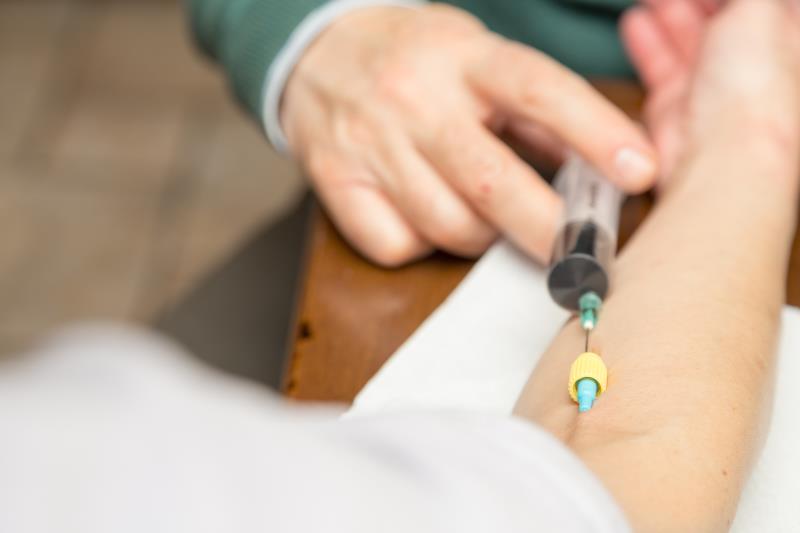Content on this page:
Content on this page:
Overview
Anaphylaxis is a serious generalized or systemic
hypersensitivity reaction that is rapid in onset and potentially fatal as
stated in the Introduction
section.
It is estimated that the incidence of anaphylaxis in
children ranges from 1 to 761 per 100,000 person-years, with a risk of
recurrence of reactions as much as 26.5-54.0%. Current data show that the
incidence of anaphylaxis has increased, mainly due to the increases in food
allergies in infants and children. Other data on the incidence of anaphylaxis
in children is also discussed in the Epidemiology
section.
In the Pathophysiology section,
the immunological and non-immunological mechanisms of development of
anaphylaxis are discussed.
Food allergy is the most common cause of
anaphylaxis in children and the other causes are enumerated in the Etiology section.
History and Physical Examination
Signs and symptoms of anaphylaxis in children are enumerated
in the Clinical Presentation section.
History taking is a key part of the diagnostic
work-up. It is important to identify risk and predisposing factors for possible
recurrence and these are discussed in the History section.
Diagnosis
The Diagnosis or
Diagnostic Criteria section enumerates the clinical criteria in diagnosing anaphylaxis.
The Laboratory Tests and
Ancillaries section
mentioned that if there is the presence of a reliable history, serum specific
IgE, skin prick test and food patch test will confirm the diagnosis. This
section also enumerates the other lab tests to be done in children having
clinical presentation of anaphylaxis.
The Differential
Diagnosis section discusses that vasovagal (vasodepressor)
reaction is the condition most confused with anaphylaxis. This section also
enumerates the other alternative diagnosis for anaphylaxis in children.
Management
The Pharmacological Therapy section enumerates and discusses the
immediate and subsequent management of children with anaphylaxis. Adjunctive
therapies are also discussed in this section.
During immediate management prompt assessment and treatment
are critical as death can ensue rapidly. A rapid assessment of airway,
breathing, circulation, and level of consciousness is done. Subsequent
management with O2 and fluid support is also given. Aside for these, other
interventions, patient observation and education and referral to an
allergist-immunologist are featured in the Nonpharmacological
section.
Ways to prevent anaphylaxis are enumerated in the
Prevention
section.



